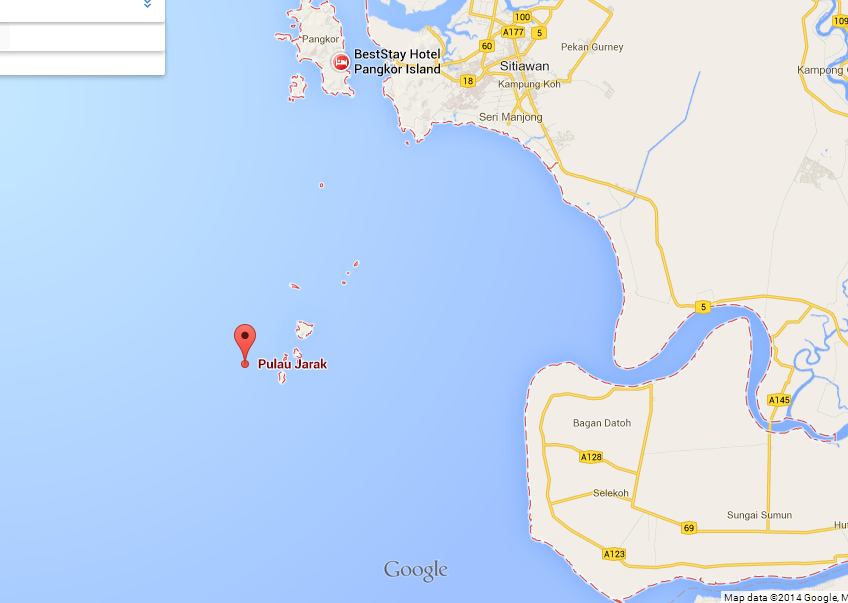 |
| The RPBIC logo created on 2013. |
RPBIC 2014
Royal Pahang Billfish International Challenge is an annual off-shore fishing challenge since 2004 organized by Unit Joran of Berita Harian one of the popular daily newspaper in Malaysia. This event is the largest fishing competition in Malaysia currently which involved many local and overseas participants.This event has the full support of Pahang Government State, Tourism Malaysia, Tioman Development Authority, Board of Tourism Pahang and other various parties, in collaboration with Malaysia Anglers Association (PeMM).

























